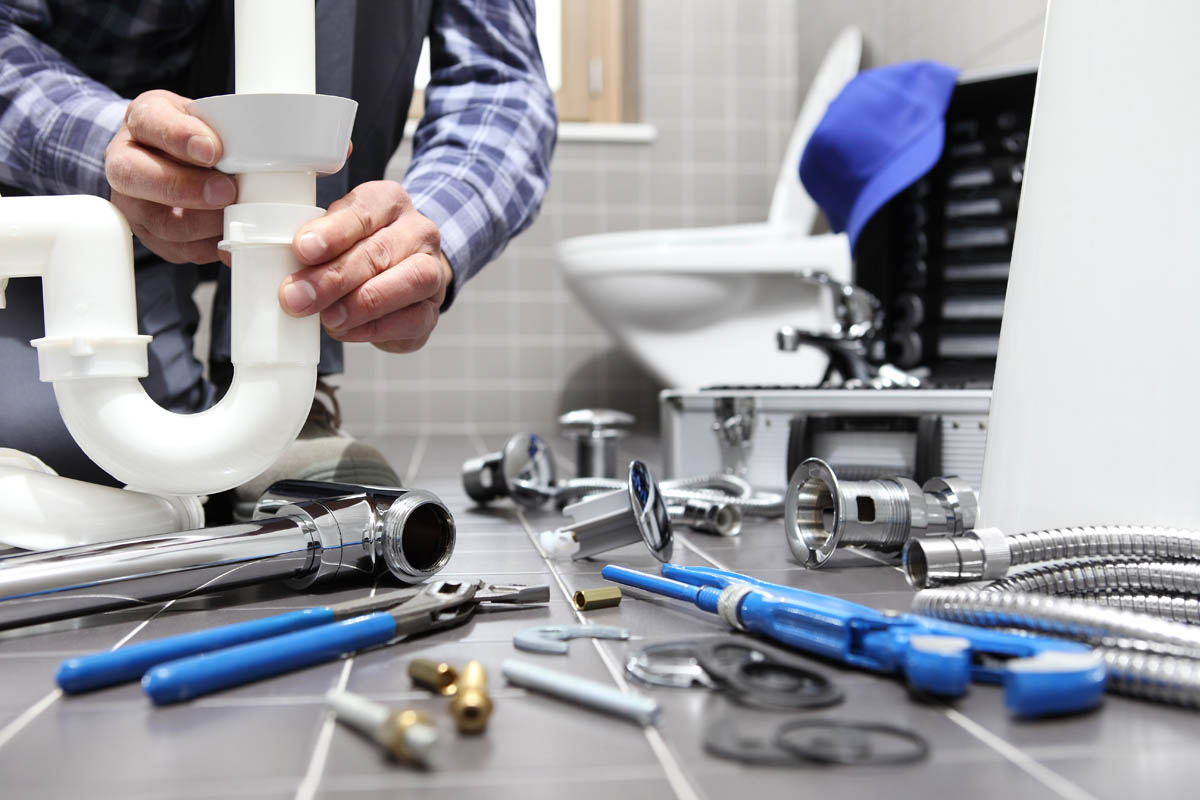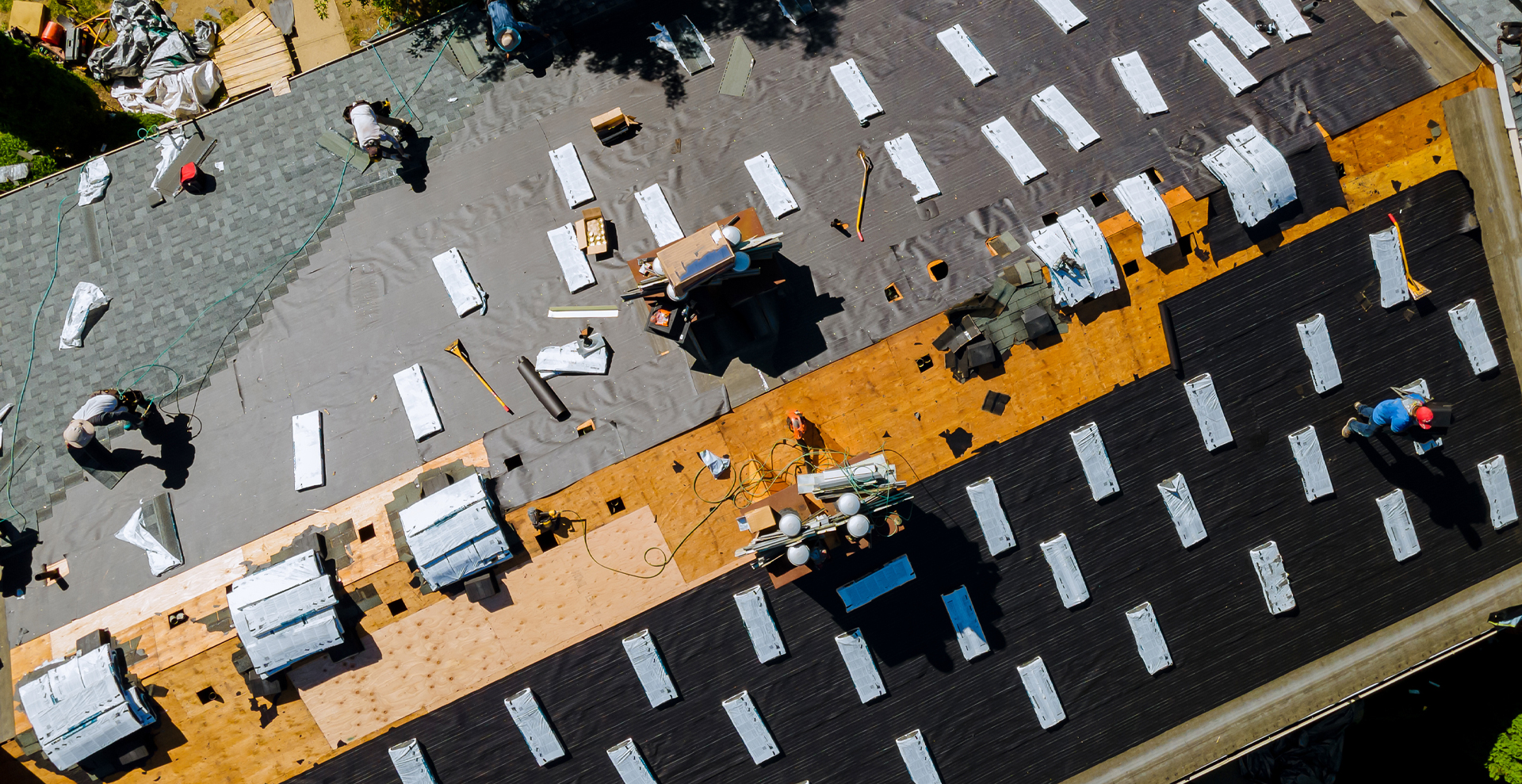Your Guide to Lead Generation for Roofers
Running a roofing company means dealing with a unique challenge that most businesses don’t face: Your customers only need your services once every 15-20 years, which means you can’t rely on repeat business the way a restaurant or retail store can. Every lead counts, and you need a steady stream of new prospects to keep your crews busy and your business growing. The good news? Today’s homeowners are actively searching for roofers online, and with the right approach to lead generation, you can make sure they find you instead of your competitors.
We’ve combined our research with over a decade of experience in marketing for the roofing industry to bring you this guide, which walks you through the most effective lead generation strategies for roofers. Whether you’re a small crew or a multi-location operation, these proven tactics will help you attract more qualified leads and grow your business.
Inbound Lead Generation for Roofers
Dominate Local Search with SEO
When someone’s roof starts leaking, their first move is usually pulling out their phone and searching “roofers near me” or “roof repair [city name].” If your business doesn’t show up in those search results, you’re handing leads to your competitors before the homeowner even knows you exist.
The numbers prove it: “75% of businesses say local SEO drives more leads than any other marketing channel,” according to WiserReview.
Optimize Your Google Business Profile
Your Google Business Profile is the foundation of local SEO for roofers. “The top three most trusted websites or platforms consumers use for researching local businesses are Google (66%), Google Maps (45%), and a business’s own website (36%),” states BrightLocal.
Essential optimization steps:
- Claim and verify your business
- Complete every section with accurate information (name, address, phone, hours, service areas)
- Upload high-quality photos of completed projects, your team, and company vehicles
- List specific services homeowners search for (roof replacement, emergency repair, storm damage inspection, leak repair)
- Add a detailed business description highlighting your expertise and service areas
Build a Website That Converts
Your website needs to be fast, mobile-friendly, and designed to turn visitors into leads. Most Google searches happen on mobile devices, so a slow or poorly designed mobile site sends potential customers straight to competitors.
Key roofing website elements for leads:
- Clickable phone number in header (one-tap calling for mobile users)
- Clear contact form on every page
- Dedicated pages for each service area you cover
- Fast loading speed (under 3 seconds)
- Professional photos of your work
Create Valuable Content
Content marketing positions your roofing company as a trusted expert while attracting organic search traffic.
High-performing content topics for roofers:
- “How to Spot Storm Damage on Your Roof”
- “How Long Should a Roof Last in [Your City]”
- “Choosing Between Asphalt Shingles and Metal Roofing”
- “What to Do When You Find a Roof Leak”
- “Roof Maintenance Checklist for [Local Climate]”
Focus on comprehensive guides rather than thin articles. A well-researched guide to roof leak repairs in your specific city will always outrank a short, generic article.
Get More Customer Reviews and Build Trust
Online reviews influence both your search rankings and whether potential customers decide to contact you. Google’s algorithm considers both the quantity and quality of reviews when ranking businesses, and, WiseReview adds, “75% of consumers read reviews regularly or always when searching for local business information.”
Review generation strategy for roofers:
- Make requesting reviews part of your standard process
- Send a follow-up email or text after project completion with a direct link to your Google Customer Reviews page
- Automate review requests
- Respond to all reviews (positive and negative)
- Thank customers for positive feedback
- Address concerns professionally when issues arise
Optimize for AI Search and Large Language Models
Millions of homeowners now use AI-powered tools like ChatGPT, Perplexity, Google’s AI Overviews, and Claude to find answers about local service providers. Consumer search behavior has meaningfully shifted, with more people relying on AI models to find answers about roofing companies.
How AI Search Works
AI search tools generate direct answers by combining information from multiple sources, often citing the websites they reference. When someone asks “What’s the best roofing company in [city],” these tools scan the web, analyze content quality, then provide answers that may mention specific companies by name.
Key AI Optimization Strategies
Write in clear, natural language:
- Use conversational tone (write how people speak)
- Start pages with direct answers to main questions
- Avoid overuse of keywords
- Answer questions as if talking to a customer
Structure content for machine readability:
- Use descriptive H2 and H3 headings as questions
- Create FAQ sections with a question-and-answer format
- Use bullet points and short paragraphs
- Keep sentences clear and concise
Build topical authority:
- Create comprehensive guides on roofing topics
- Write about local weather considerations
- Cover materials popular in your area
- Address common problems for local home types
- Demonstrate expertise through detailed, specific content
Showcase real projects:
- Create detailed case studies of completed work
- Include customer testimonials with names and locations
- Add specific project details (challenges, solutions, results)
- Use descriptive captions for project photos
Keep content current:
- Update pages with fresh statistics
- Add recent project examples
- Include current pricing information
- Display “last updated” dates
- Refresh outdated references
Claim your brand story:
- Create clear “About Us” page with company history
- List certifications and manufacturer partnerships
- Include years in business and major projects completed
- Specify service areas and neighborhoods
- Explain what makes your company unique
Monitor Your AI Visibility
Test how AI platforms respond to roofing questions in your market:
- “What are the best roofing companies in [your city]?”
- “Who should I hire for roof replacement in [your area]?”
- “What’s the most reliable roofer in [your market]?”
Check multiple platforms (ChatGPT, Perplexity, Google’s AI Mode, Claude). Track whether your company gets mentioned or recommended.
Rebekah May, an early adopter of AI search optimization, even reports seeing a 67% increase in traffic from platforms like Perplexity when using tactics that catch the attention of LLMs. As these tools grow more popular, especially among younger homeowners, AI optimization becomes essential.
Use Social Media Strategically
Social media works differently for roofers than for retail businesses. You’re building brand awareness and showcasing expertise, not chasing repeat customers.
Platform priorities:
- Facebook & Instagram: Best for residential roofers, before-and-after photos, customer testimonials
- LinkedIn: Ideal for commercial roofing, targeting property managers and business owners
- Nextdoor: Powerful for local neighborhood connections and recommendations
Content strategy (80/20 rule):
- 80% valuable/educational content (roofing tips, storm prep, project showcases)
- 20% promotional content (special offers, company news)
High-performing content types:
- Before-and-after photos
- Time-lapse videos of installations
- Customer testimonials (with permission)
- Team introductions and behind-the-scenes
- Educational tips and seasonal advice
- Storm damage awareness posts
Consistency over volume: Post 2-3 times weekly with quality content rather than daily posts followed by silence.
Outbound Lead Generation for Roofers
Leverage Pay-Per-Click Advertising
While organic SEO builds long-term visibility, pay-per-click advertising delivers immediate results. Google Ads puts your roofing company at the top of search results within 24-48 hours.
Structure Your Roofing Ad Campaigns for Success
Best practices for roofing ad campaign setup:
- Create separate campaigns for different services (replacement vs. repair)
- Create separate campaigns for different locations
- Target high-intent keywords (“roofing contractor near me,” “emergency roof leak,” “roof replacement cost”)
- Use negative keywords to filter out irrelevant traffic (DIY, how-to, jobs, supplies)
- Set realistic budgets
Create Landing Pages That Convert
Every PPC campaign needs a dedicated landing page optimized for conversions.
Effective landing page elements:
- Prominent phone number at the top of the page
- Clear call-to-action button
- Simple quote request form
- Service-specific content matching the ad
- Location-specific information
- Remove navigation links that distract from conversion
- Customer testimonials and trust signals
Consider Local Services Ads
Google Local Services Ads (LSAs) appear at the very top of search results with a “Google Guaranteed” badge. Unlike regular PPC, where you pay per click, LSAs charge per lead—you only pay when someone contacts you directly through the ad.
Build a Referral Program That Works
Word-of-mouth referrals remain the most valuable lead source for roofing companies, but too many contractors rely on passive referrals instead of actively encouraging them.
Successful referral program elements:
- Meaningful rewards ($500 bonuses, service discounts, or gift cards)
- Easily shared (referral cards, digital codes, simple process)
- Clear tracking to credit referrers properly
- Immediate acknowledgment when referral converts
- Regular reminders to satisfied customers
Neighborhood marketing tactics:
- Knock on doors near active job sites
- Offer free roof inspections to neighbors
- Use yard signs and truck wraps for visibility
- Distribute door hangers with special neighbor discounts
Email Marketing for Lead Nurturing
Email marketing helps you stay top-of-mind with potential customers and generate repeat business. Research shows email nearly doubles your chance of repeat business compared to phone calls and outperforms text messages by more than six times.
Effective email campaigns:
- Thank-you emails after every completed job
- Seasonal maintenance reminders
- Storm preparedness tips before severe weather
- Educational content about roof care
- Inspection reminders (every 2-3 years)
- Special offers for past customers
List building strategies:
- Collect emails from website visitors
- Gather information during estimates
- Add past customer contacts
- Offer valuable resources (roof maintenance guide) in exchange for email
Track and Measure Your Results
Lead generation only works if you’re tracking what brings in business.
Key metrics to monitor:
- Cost per lead: Marketing spend divided by leads generated (by channel)
- Conversion rate: Percentage of leads that become paying customers
- Return on investment: Revenue generated compared to marketing spend
- Lead quality: Genuine prospects vs. tire-kickers and out-of-area inquiries
- Source attribution: Which channels drive the most valuable leads
Tracking tools:
- Call tracking numbers for different marketing channels
- Website conversion tracking for form submissions
- CRM software to manage lead pipeline (only 28% of roofers use CRM, but those who do report 2x more leads)
- Marketing automation for email campaigns
- Analytics dashboards for overall performance
Use this data to double down on what works and cut what doesn’t. Continuous improvement based on real numbers, not guesses.
Consider Lead Generation Services vs. Full-Service Marketing
Many roofing companies supplement their in-house marketing with lead generation services like HomeAdvisor, Angi, CraftJack, Networx, 99Calls, and Thumbtack. These platforms offer instant leads without marketing effort, but come with significant drawbacks. Most services sell the same lead to multiple contractors, creating price-driven competition. Lead quality varies widely—you’ll encounter tire-kickers, people outside your service area, and contacts who aren’t ready to proceed. Conversion rates typically run 5-15%, and you’re building zero long-term assets.
A better approach is investing in a full-service marketing agency that builds owned assets through SEO, PPC, content marketing, and reputation management. While the upfront investment is higher ($2,000-$5,000+ monthly), you’re creating rankings, content, and brand authority that generate leads long after you’ve paid for them. After 6-12 months, these assets compound and produce better quality leads at lower costs than buying contacts indefinitely.
Combine Strategies for Maximum Impact
The most successful roofing companies layer multiple strategies that work together to form a lead generation process:
Foundation (start here):
- Claim and optimize Google Business Profile
- Build a professional, mobile-friendly website
- Request reviews from every satisfied customer
Growth phase (add next):
- Implement local SEO strategy
- Launch targeted PPC campaigns
- Create a structured referral program
- Start a consistent social media presence
Advanced optimization:
- Develop a content marketing program
- Implement email nurturing campaigns
- Optimize for AI search platforms
- Test and refine based on data
Lead generation for roofing companies requires consistency and patience. You’re building systems that attract prospects, convert them to customers, and turn those customers into advocates for your business. Done right, these systems create a predictable flow of quality leads that keeps your crews busy and your roofing business growing year after year.












